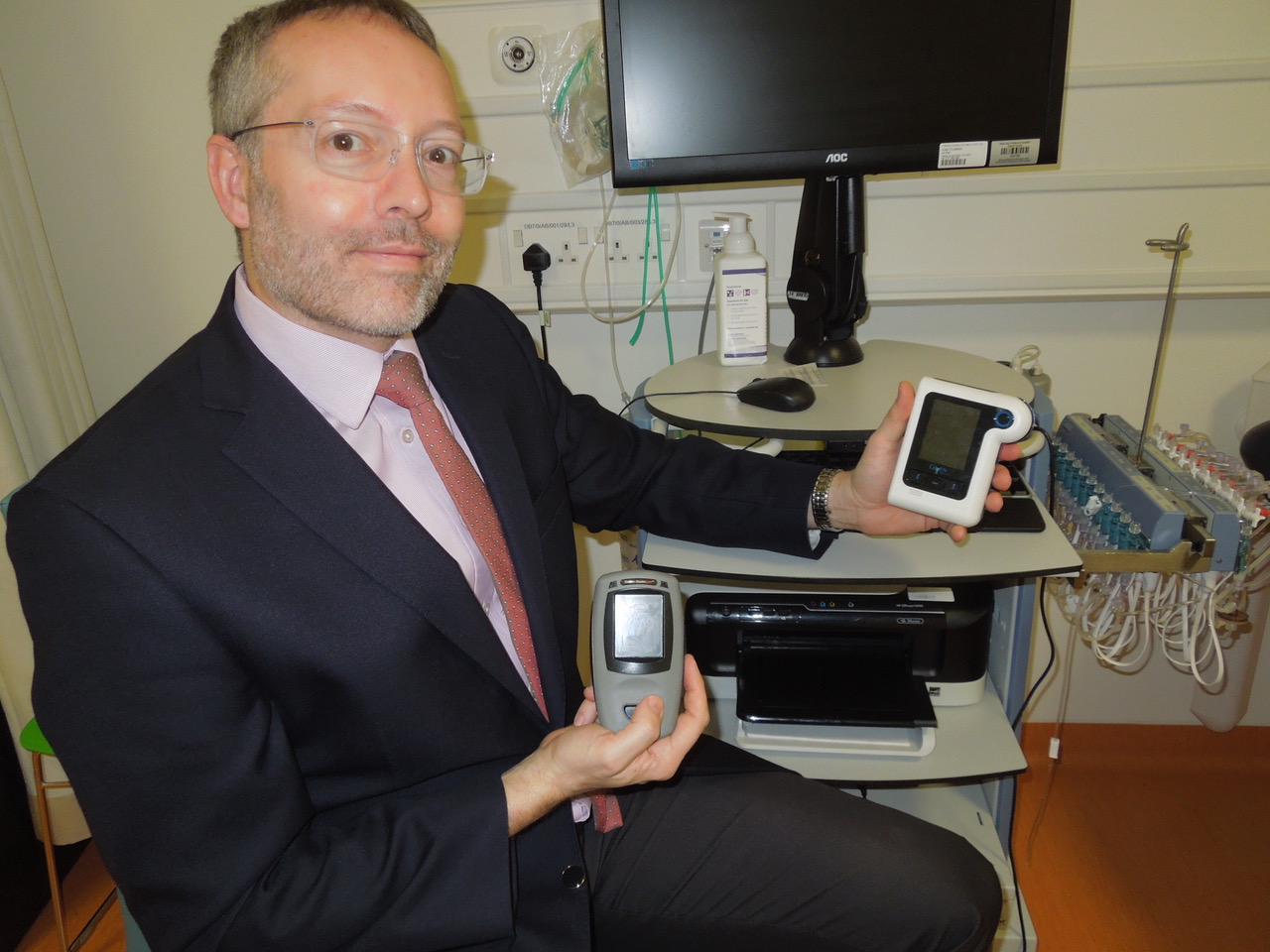GASTOINTESTINAL MOTILITY STUDIES
To optimise the performance and interpretation of these studies individually to the child, these studies are currently been performed by request from Dr Auth upon referral from your GP or paediatrician in Alder Hey Children’s Hospital.
Gastrointestinal motility is assessed by identifying and characterizing intraluminal pressure changes detected by the introduction of specially designed catheters in the lumen of the organ that is being studied. The intraluminal pressure is then transmitted and recorded. In general, intraluminal pressure can be evaluated with water-perfused or solid-state systems.
ESOPHAGEAL MANOMETRY
Esophageal manometry is a sophisticated investigations for the diagnosis of primary motor disorders of the esophagus. The most common indication in children is dysphagia with no evidence of anatomic obstruction, and no mucosal pathology detected by OGD.
PROCEDURE
This consists of the introduction of the catheter into the stomach, and its slow withdrawal until the different esophageal segments are identified. After the catheter is in position, and baseline measurements are recorded, responses to swallowing are observed. Careful observation and manual recording are often employed. Swallows of water (wet swallows) at room temperature (approximately 1 mL in infants and 3 to 5 mL in older children) are necessary for peristaltic evaluation, The UES is usually evaluated at the end of the study, The UES relaxes to baseline, and the relationship between pharyngeal contractions and UES relaxation is determined. The clinical utility of UES/pharyngeal measurements is not well established in children. Even though UES measurements can be obtained, it is not clear that manometric findings are sensitive enough to have a clear impact on patient management.
COLONIC MANOMETRY
Evaluation of colon motility by means of measurement of intraluminal pressure has been performed successfully in pediatric patients for many years, but no prospective evaluations of outcomes have been obtained. Despite that, it is considered a valuable tool in selected patients with intractable constipation.
ANORECTAL MANOMETRY
Anorectal manometry is the most frequently performed motility test in children. The main indications are the evaluation of the rectoanal inhibitory reflex, which is absent in Hirschsprung’s disease, and the evaluation of fecal incontinence from various etiologies.

